|
featuring cover from the illustrator FD Bedford Marie: Peter Pan I don’t think I’m allowed to let this theme pass us by without admitting that I’m obsessed with Peter Pan. What started as a relatively normal childhood game of pretend, a play enacted and re-enacted with my mom’s best friend’s son and our collective team of younger brothers, has in my adult years turned into something much larger and deeper. No longer does my love of the story hinge on the possibility of flight, or my desire for eternal youth, or the availability of rad merchandise at Hot Topic; now, I’ve become steeped in its shadows as well. For the story of Peter Pan is full of shadows, both literal (the boy’s shadow lost and regained at the beginning, the children’s silhouettes against the moon, the depths of the Neverland’s forests and jungles) and metaphorical. Wendy must stay home and darn socks by hearthlight while Peter and the boys whisk away on various adventures, and although she is arguably the story’s true protagonist, it is not for her that the book is named. As a woman, she exists only in the shadows of a world that favors men. In theatrical and movie versions of the tale, Mr. Darling and Captain Hook are traditionally played by the same actor, a casting choice that throws a pretty heavy Daddy-Issues shadow of its own. But, what I find most interesting, is knowing that when J.M. Barrie was first creating this world and its characters, it wasn’t Peter with whom he most identified. Barrie wrote Captain Hook to be an embodiment of the darker parts of his own character: his insecurities, his temper, his fear of whom he might too easily become. The author and the villain even share the same first name: James.
featuring the covers of the Ballantine editions Sam: Lord of the Rings My favorite use of shadow in a narrative has to be in Lord of the Rings. Both in the books and in the movies, the "Shadow of Mordor" is a vital piece to the narrative puzzle. Think, in LotR there is never a concrete villain. Sauron is just a magical eye (or cat butt) depending on who you ask. There are what amounts to faceless Orcs and some video-game-like bosses in Saruman and the Witch-king. All of these villains together make up the one true villain, the force that Frodo and Co. are fighting against—the power and influence of Mordor. Tolkien's villain is nothing more than the idea of what is to come, the shadow of a future that will curse and kill everything Frodo loves. This is what makes the use of Shadow in LotR so effective. It's a looming presence that feels insurmountable. How do you kill an idea? You go to the source of the idea and refute it. The idea is of ultimate power, an evil-godlike dictator. The ring of power suggest to those who wear it that they can be that person, that they can use the power for good. But, as we learn, absolute power corrupts absolutely. And Frodo fails to refute this idea.
featuring covers from the Little, Brown and Company issue and the William Morrow & Company Janie: Black is the Colour of My True Love’s Heart When thinking of a work that utilizes shadows, this title is the first thing that came to mind, Black is the Color of My True Love’s Heart. It’s a mystery novel that I read when I was twelve while on vacation. Maybe it was the title, which would sorta indicate a utilization of color theory. And color theory makes me think of contrast and contrast makes me think about manipulating shadows and highlights in Photoshop. I looked up the book and its plot, since the only things that have maintained since I first read it is the enthusiasm I had while devouring the whole book in one day and that it was a mystery. Everything else was relegated to the dense cloud of memory. As it turns out, I remember nothing of it. I was genuinely surprised when I read the plot—I had to re-read the plot twice to be, like, “there were folk musicians involved? I thought this was set in Victorian England? Is this actually the same book?” (It was). And maybe that’s how shadow work unintentionally functions in this narrative. The plot of this mystery is now a mystery to me in my old(er) age. The only thing that has struggled through the shadows is the memory of enthusiasm and enjoyment while losing myself in the reading of this book. What creeps through the dust of one’s mind is reduced to a fragment, a feeling, a snapshot of a time that was lived and now not-lived. This plot has been lost in the shadows of my mind for twenty-one years—maybe it’s time for me to bring it into the sunlight of remembrance again. "The plot of this mystery is now a mystery to me in my old(er) age. The only thing that has struggled through the shadows is the memory of enthusiasm and enjoyment while losing myself in the reading of this book. What creeps through the dust of one’s mind is reduced to a fragment, a feeling, a snapshot of a time that was lived and now not-lived." Comments are closed.
|
AuthorOur fabulous blog team Archives
June 2024
CategoriesAll 12 Songs Art Art And Athletes Book Review Chorus Blog Date This Book Game Of Narratives Guest Blog Letter From The Editor Lifehacks Movies Of 2019 Music Pup Sounds Smackdown Strive For 55 Summer Playlists |

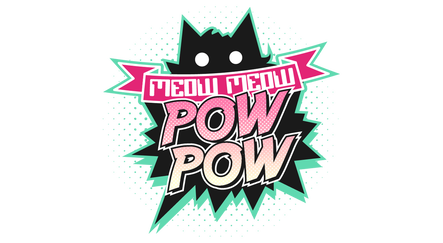
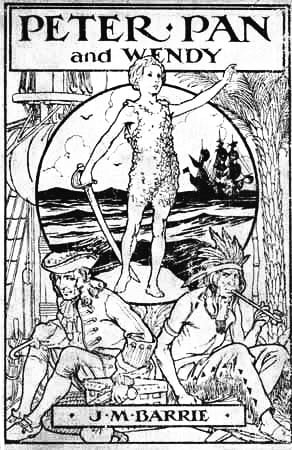

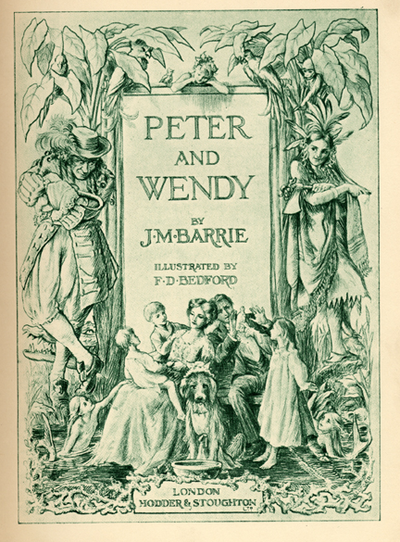
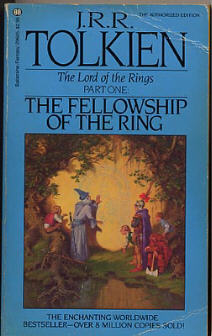

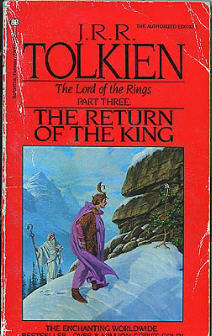
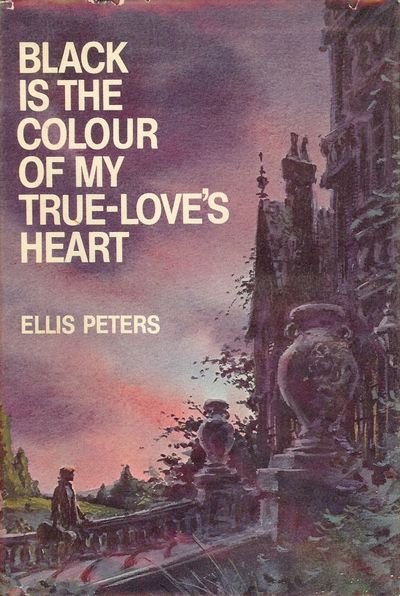
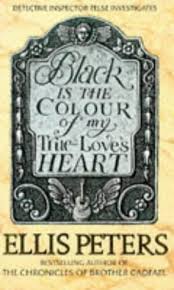
 RSS Feed
RSS Feed